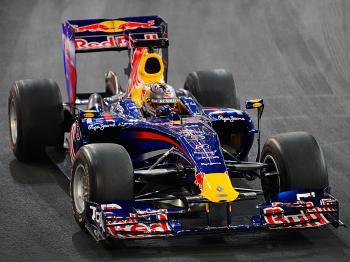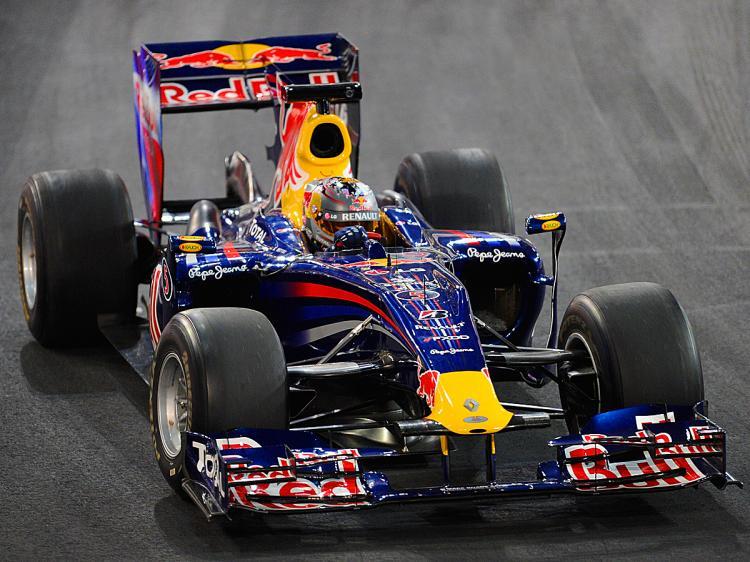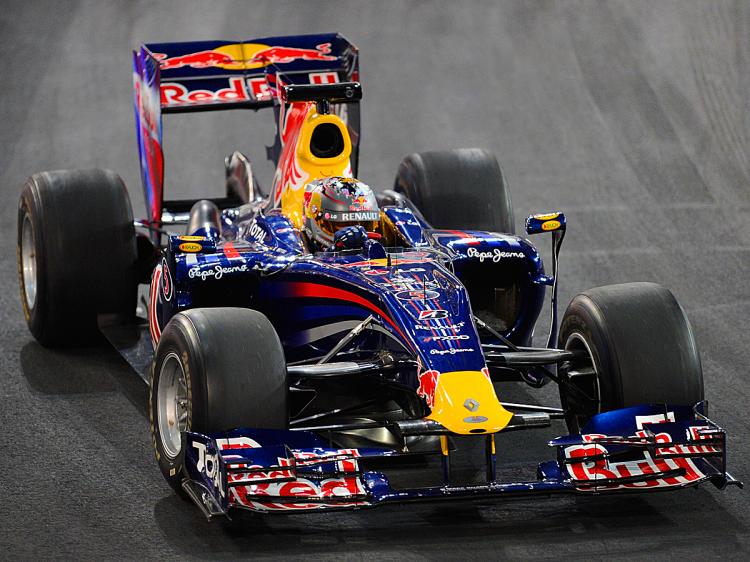Formula One’s Movable Rear Wing Designed to Create Overtaking
One of the most controversial changes coming to Formula One racing in 2011 will be the movable rear wing.

NEW WING COMING: F1 champion Sebastian Vettel drives the Red Bull RB6; its front and rear wings are clearly visible. Stuart Franklin/Bongarts/Getty Images
|Updated:





